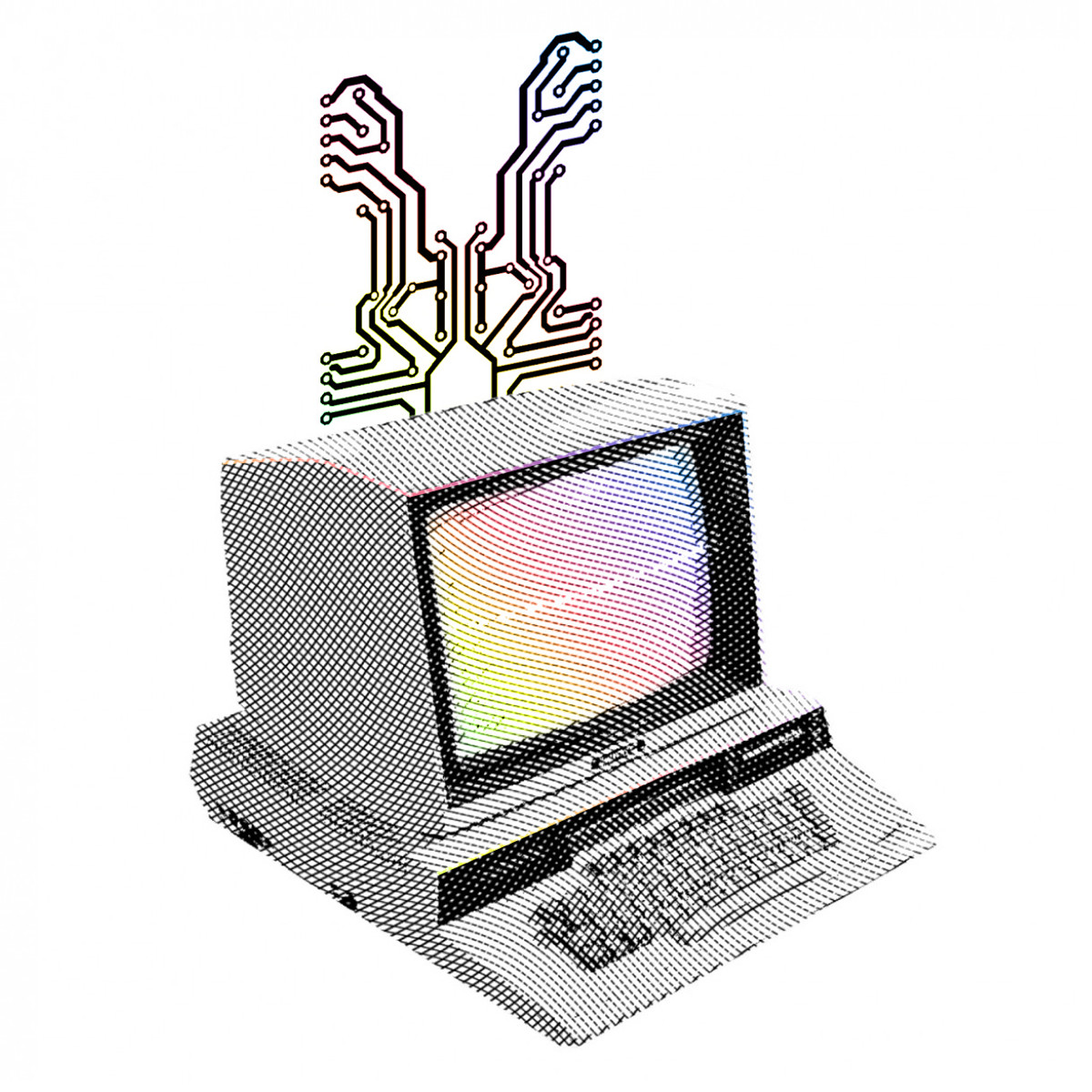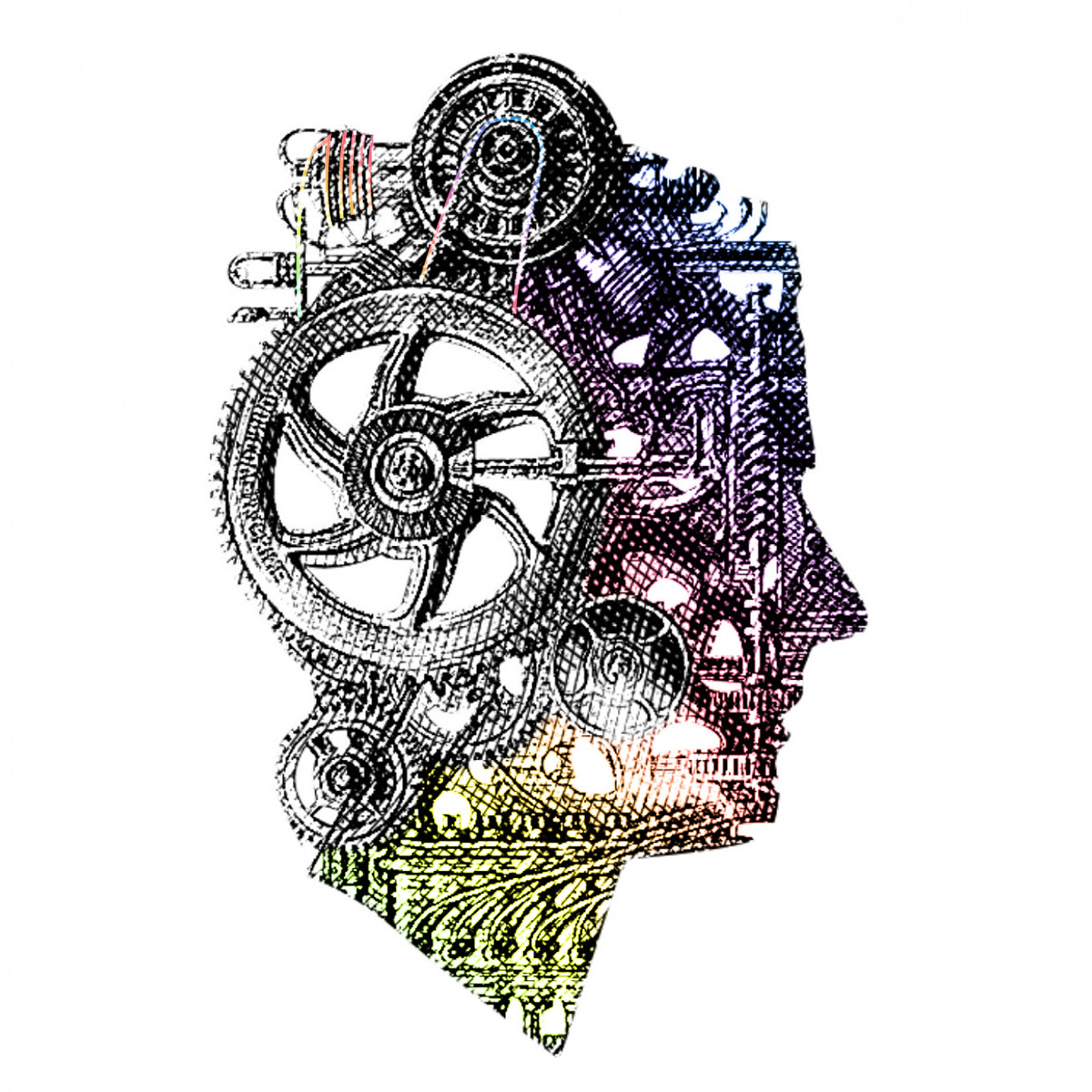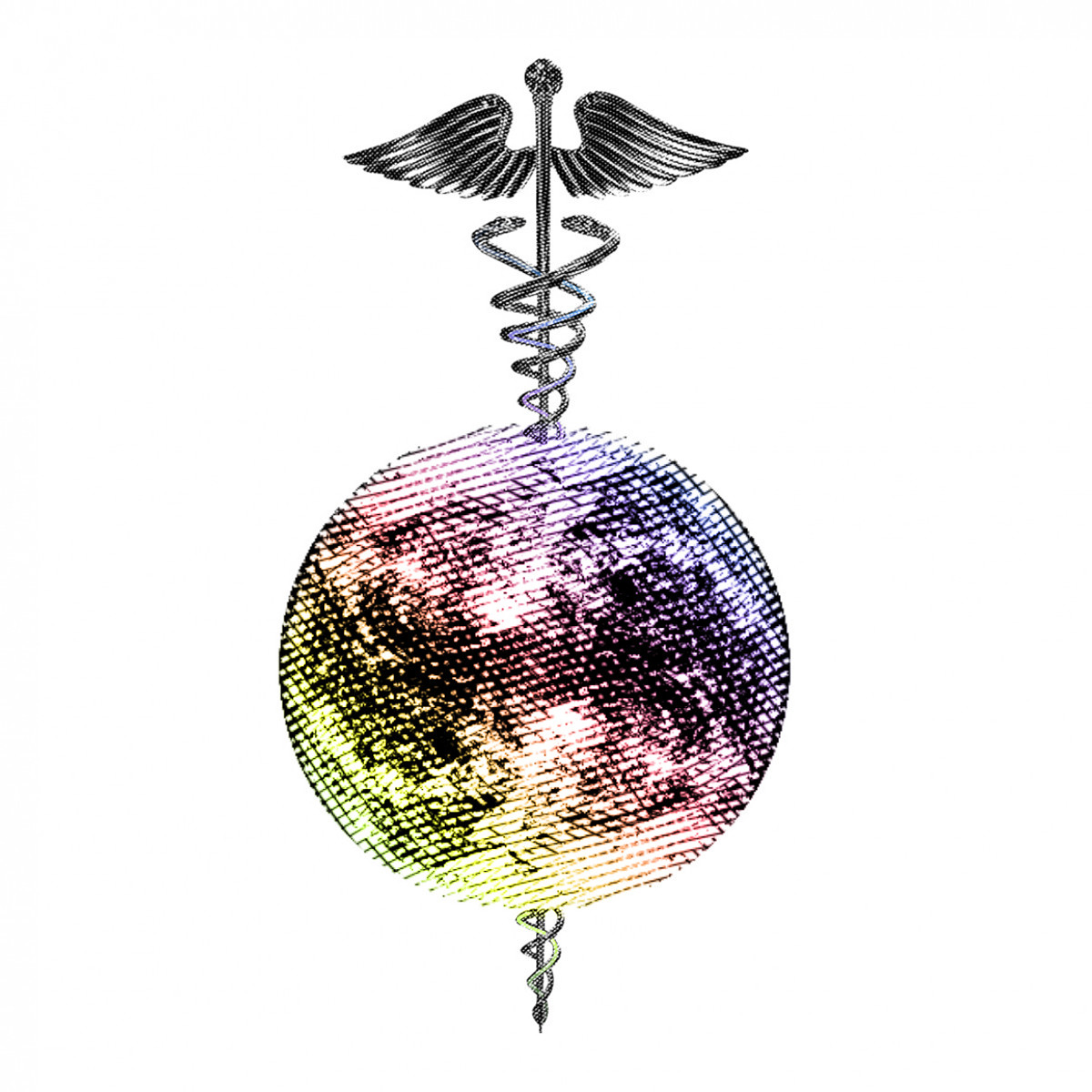
DIGITALISATION OF BUSINESS, SCIENCE AND SOCIETY
Digitalisation has transformed business, science and society in the past two decades. The Internet has made knowledge available to the vast majority; transparency has become a basic prerequisite for research, consumption and democracy. High-performance algorithms lure people with the promise of combining data intelligently, recognising patterns and thereby deducing improved decision-making bases.
W.I.R.E. examines the potential and risks of the data-based world and identifies opportunities and areas of application where these technologies can be used to deliver value. Work here centres on the goal of understanding the impact of digitalisation on new markets, business models and society and deducing consequences for companies, public institutions and society. In this process, W.I.R.E. determines which decisions in a company or system can be outsourced to algorithms, what competences should remain in human hands in future and what demands on education and corporate organisation will arise as a result.

USER-ORIENTED AND SOCIAL INNOVATION
Innovation is considered to be the basic prerequisite for economic growth and prosperity. Progress in medical technology has increased our life expectancy, digitisation has democratised knowledge and new production methods such as 3D printing could already trigger the next industrial revolution. That said, many putatively revolutionary breakthroughs turn out not to be genuine progress in reality: they are pseudo-innovations glossed up by marketing. Or they solve one problem and simultaneously create a new one. It is evident from all this that we still haven’t grasped exactly what innovation is, how we can identify it and, above all, how it can be deliberately accomplished.
From W.I.R.E.’s point of view, innovation demands experimentation coupled with a culture of failure. Moreover, it is of central importance to the development of useful solutions in networked systems to define innovation more broadly than before, in other words beyond a pure product focus. Instead, innovation should be seen as process or system renewal centring not only on increased productivity but also on social added value and user-focused progress. To achieve this, we engage with social innovations and their significance for society, business and science.

HEALTH, MEDICINE AND DEMOGRAPHIC CHANGE
Health is considered to be our society's greatest asset and is likely to become even more important in future in view of increasing life expectancy. Paralleling the heightened awareness of a healthy lifestyle, the healthcare market in most industrialised countries has grown into one of the largest sectors of our national economies. However, the long-awaited break-through of innovative therapies that treat causes rather than symptoms has not yet materialised. Instead, we are witnessing the rise of new diagnostic methods, particularly in the form of mobile mini-devices, apps and virtual offerings for self-diagnosis.
W.I.R.E. engages with long-term developments in the healthcare system, new players in the market and the transformation of industry and service providers in an environment where preventive medicine and digital, data-based medicine are taking on increased importance. W.I.R.E. analyses what a viable healthcare system for the future should look like, how patients can receive holistic care throughout their lives, how players from industry and medicine can adapt to the new environmental conditions and what demands on society arise from digitalised medicine.

LONG-TERM PLANNING AND FUTURE VIABILITY
Long-term thinking and action are considered to be basic prerequisites for companies and policy-makers today. However, two fundamental problems arise here: firstly, the future cannot be predicted with certainty as a rule. And secondly, it is not in human nature to plan further ahead than the view of the immediate future permits.
Against this background, W.I.R.E. uses flexible and iterative planning models that allow long-term projects to be adapted in the course of their development On the one hand, this requires a departure from the traditional multi-year project plans. On the other, it lends even more weight to the definition of long-term goals and guiding principles. Implementation, in turn, calls for agile forms of planning that respond continuously to changing environmental conditions.



